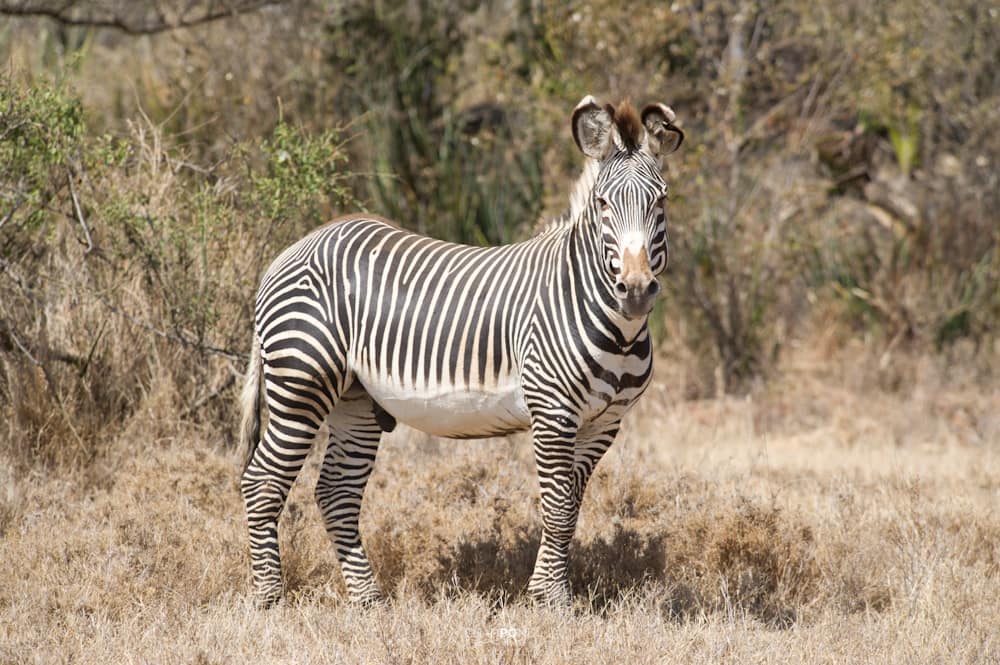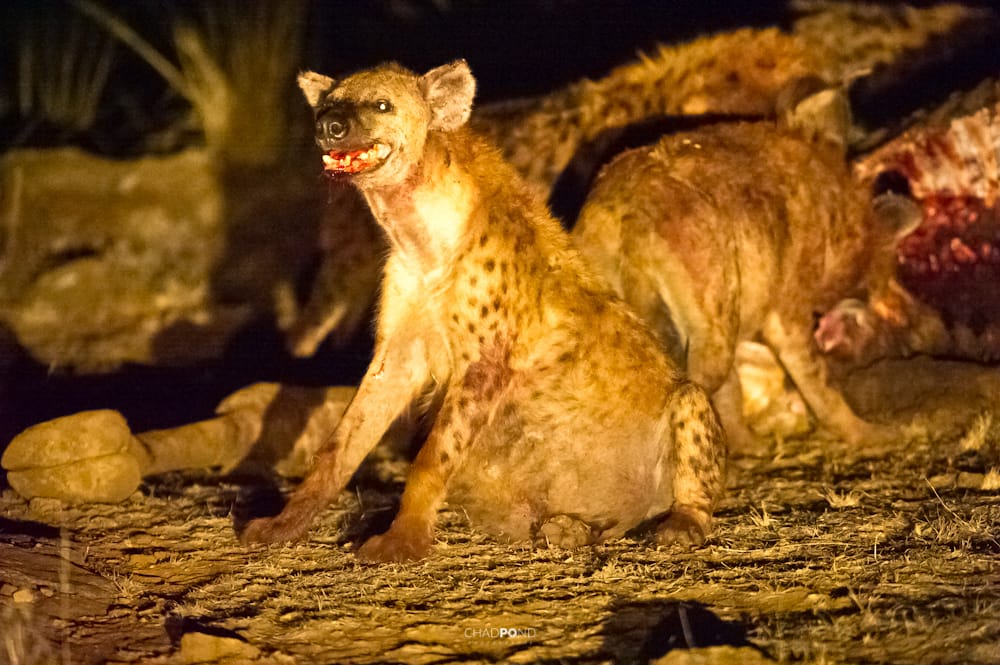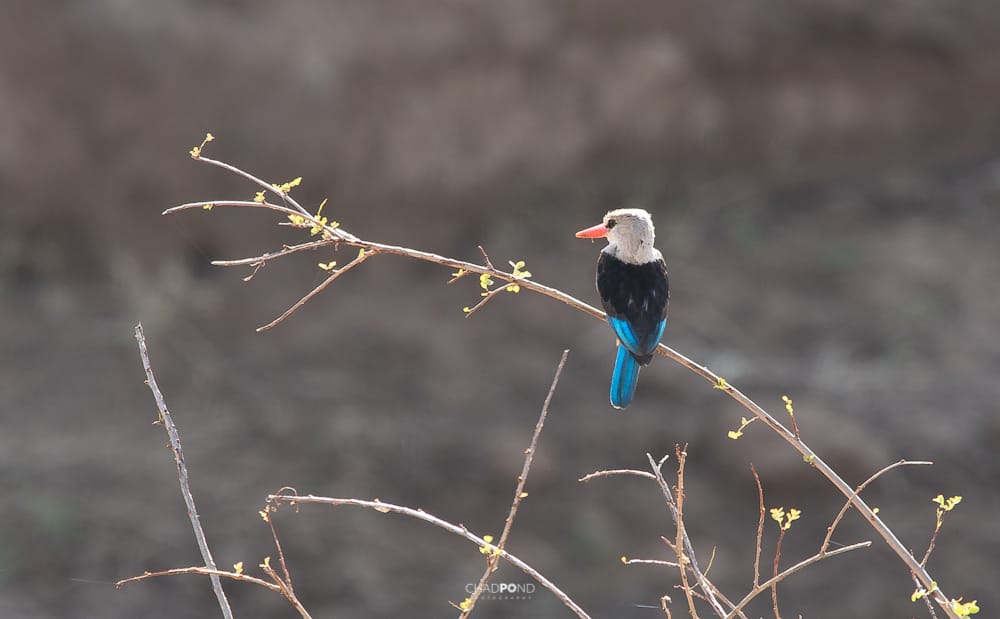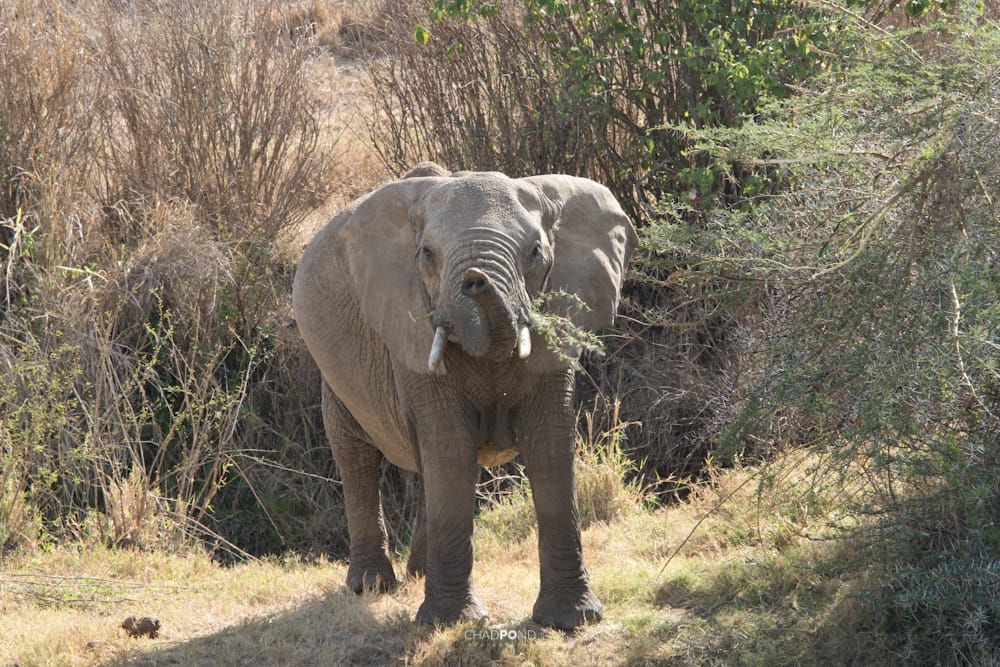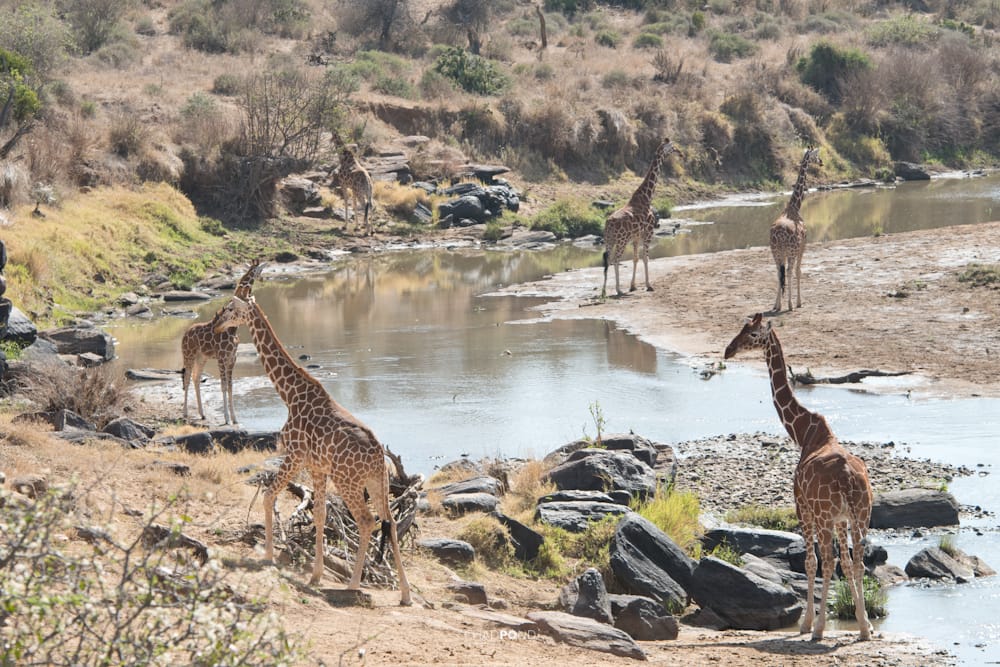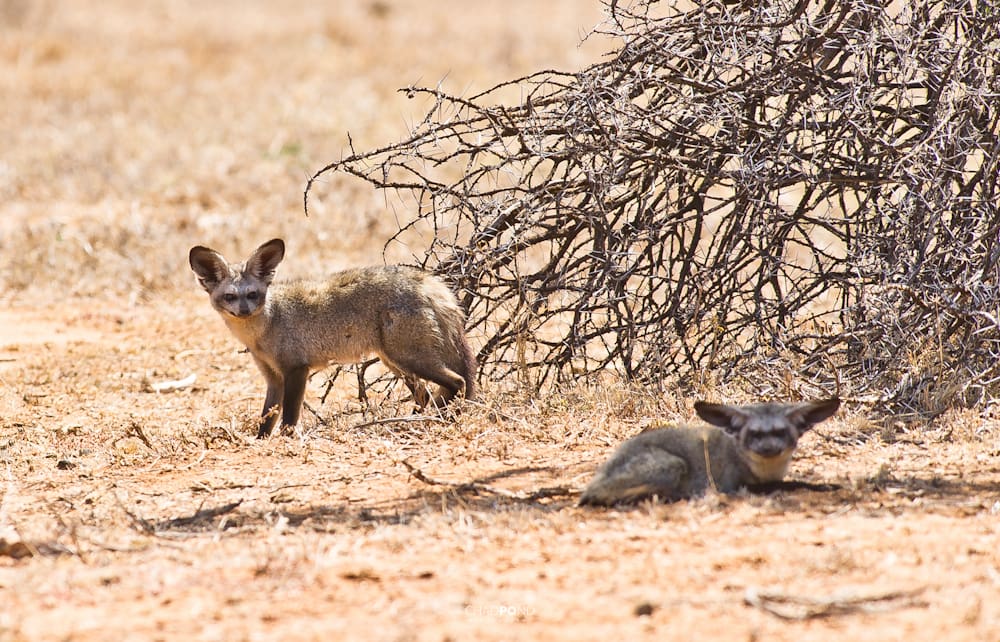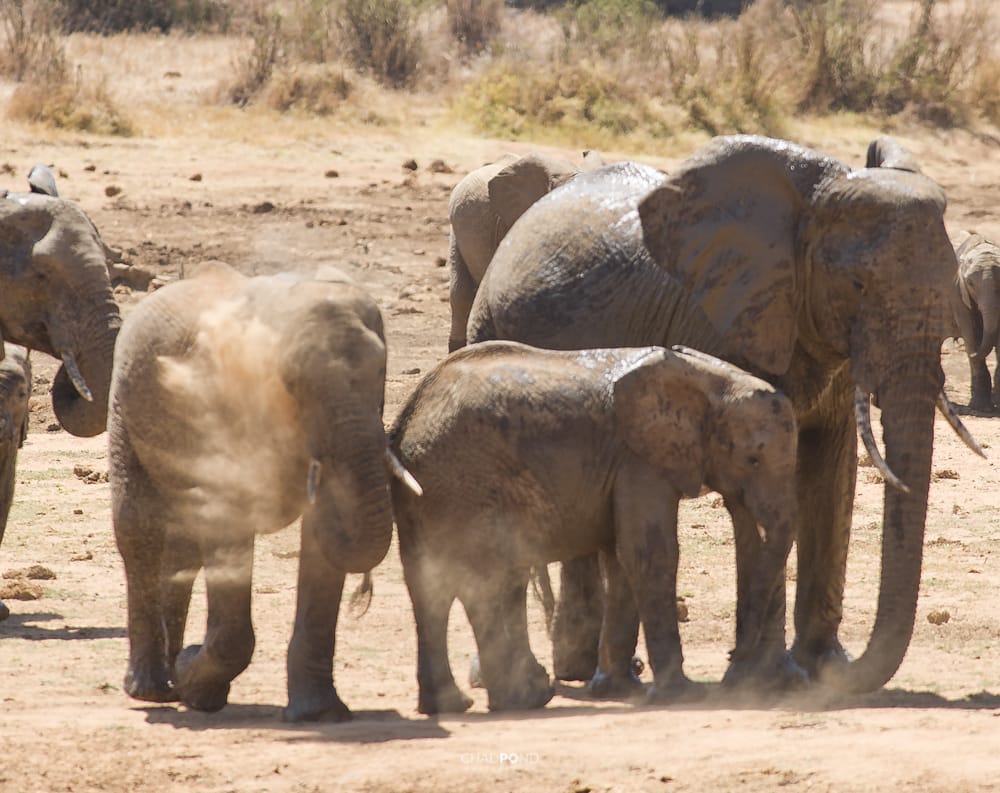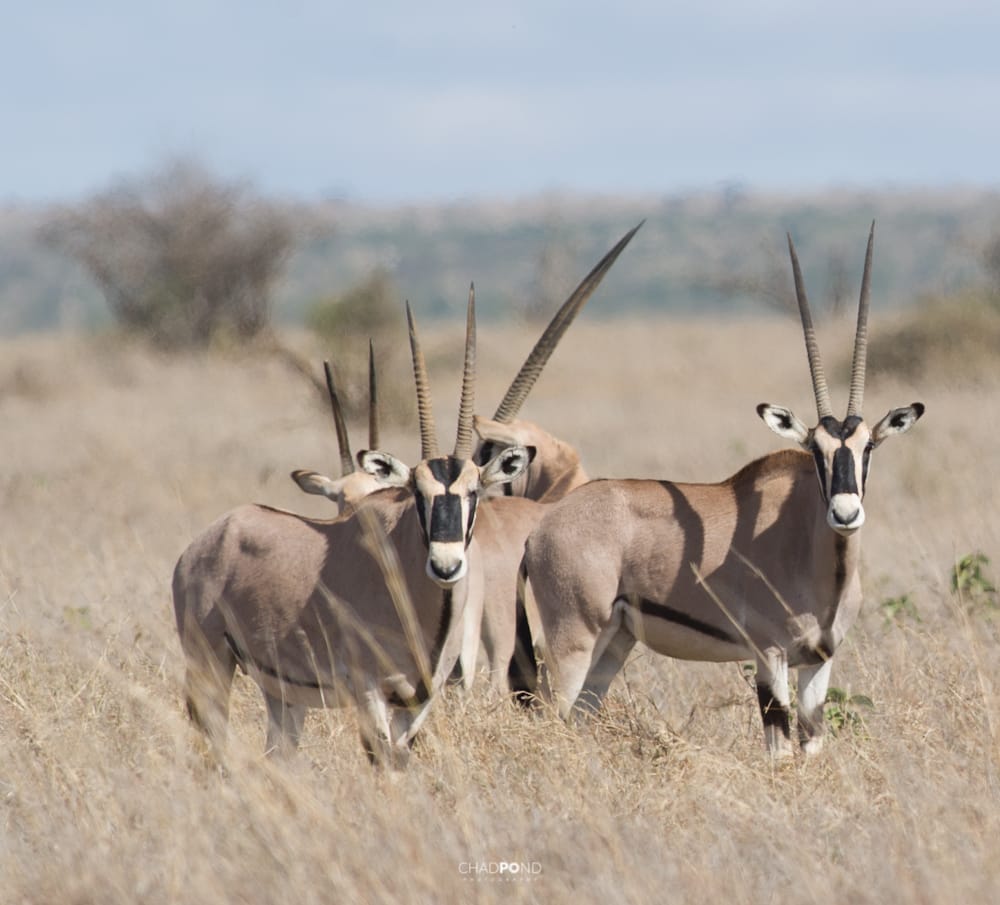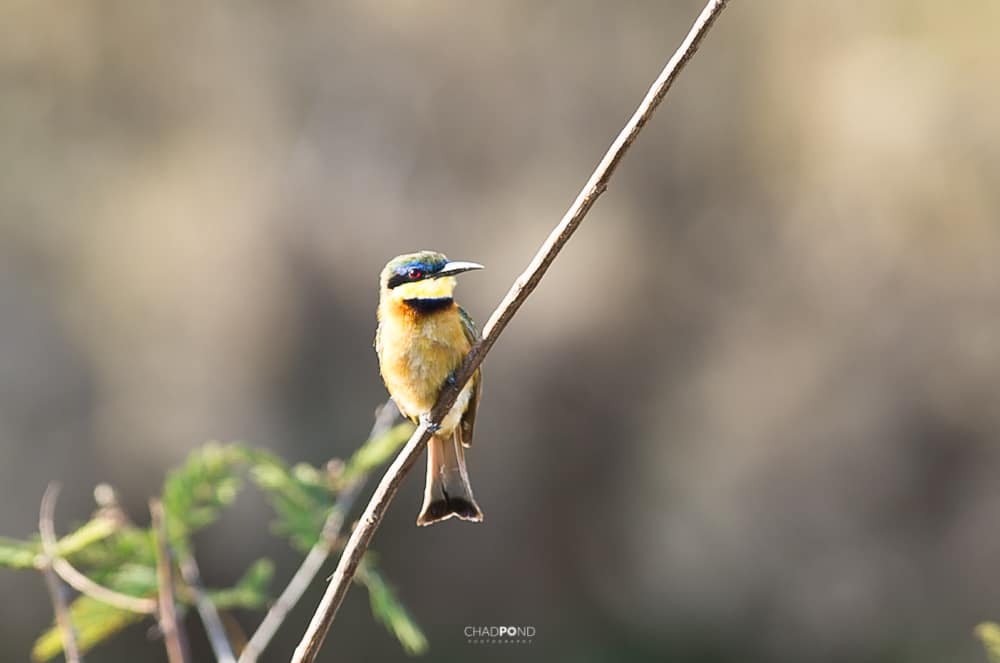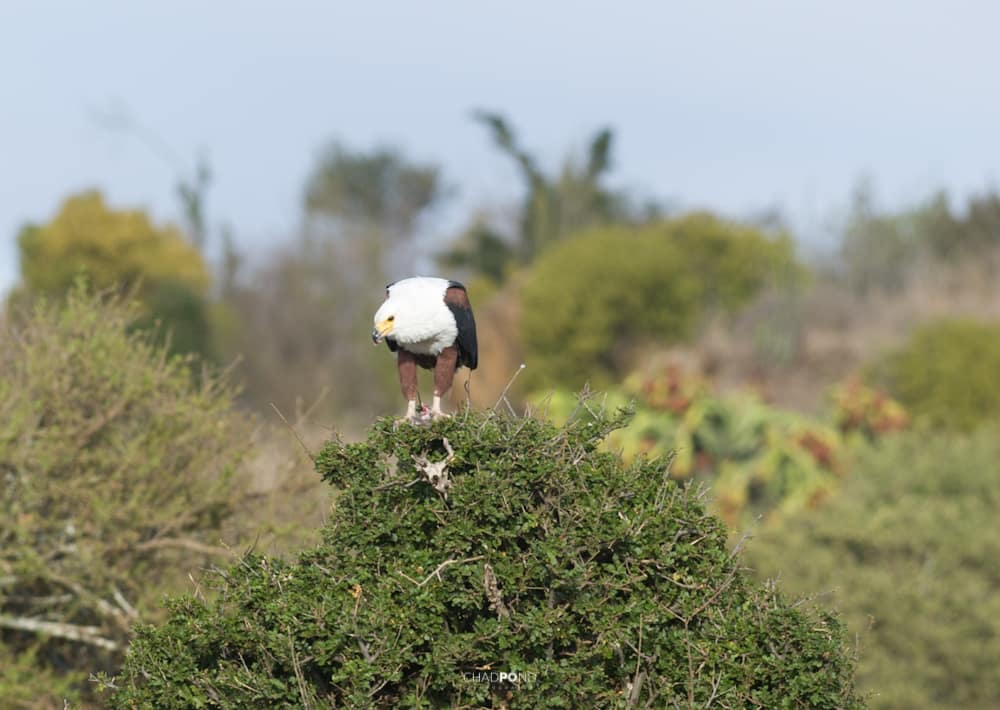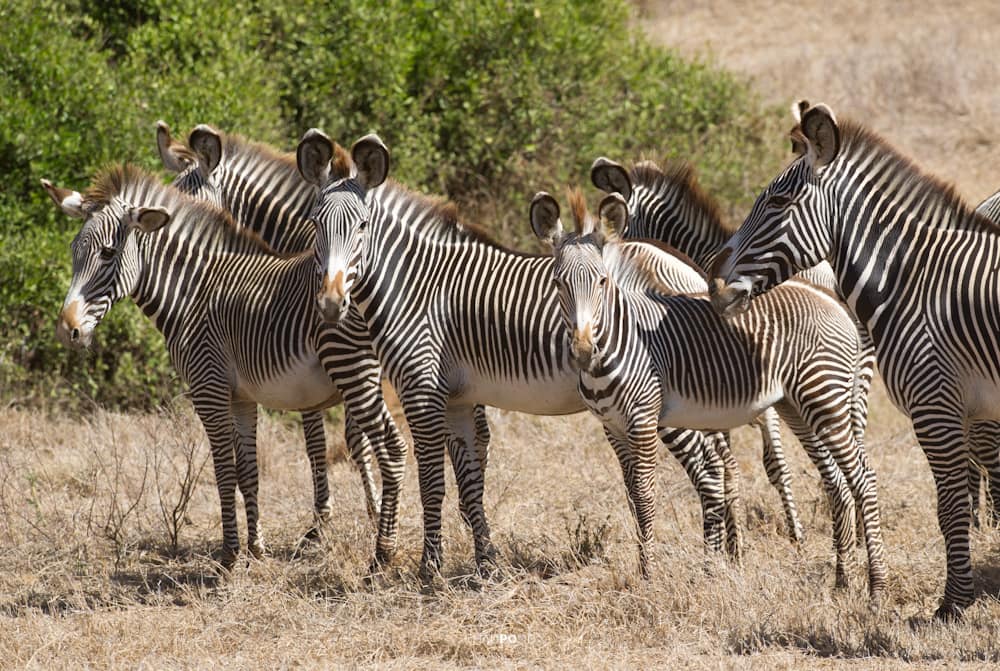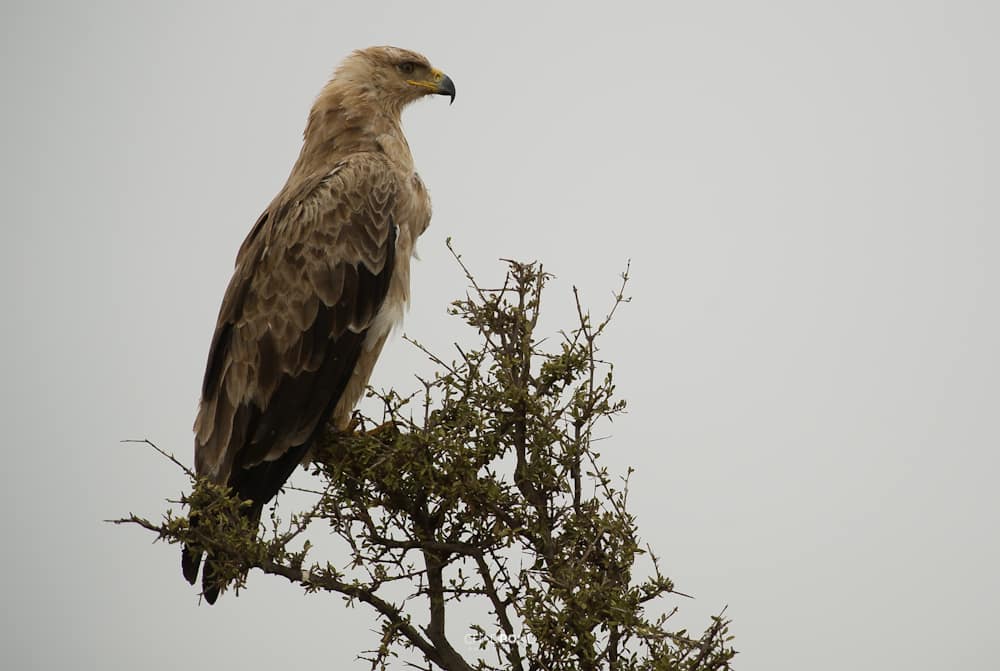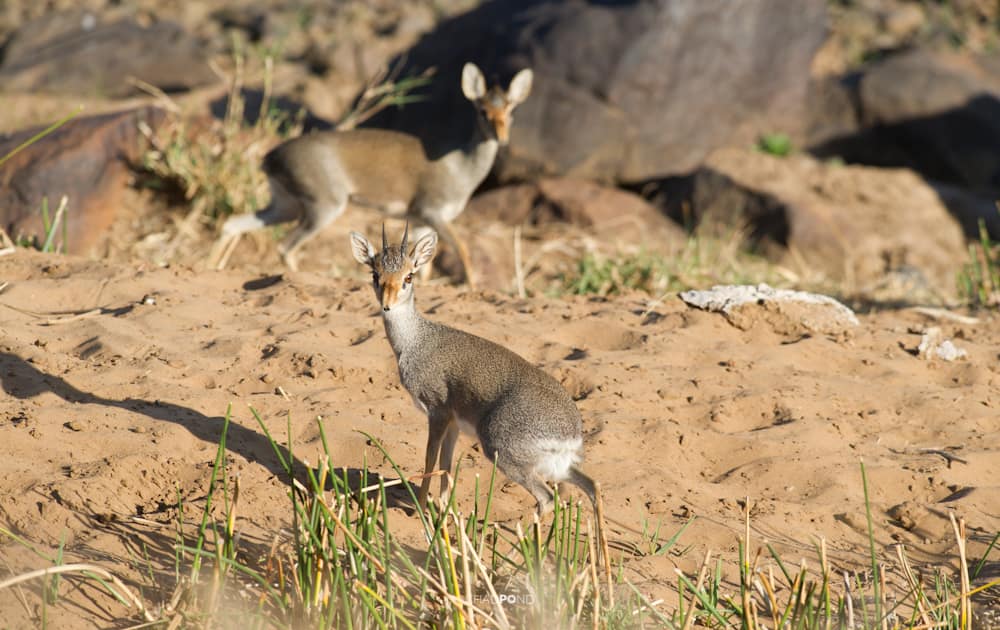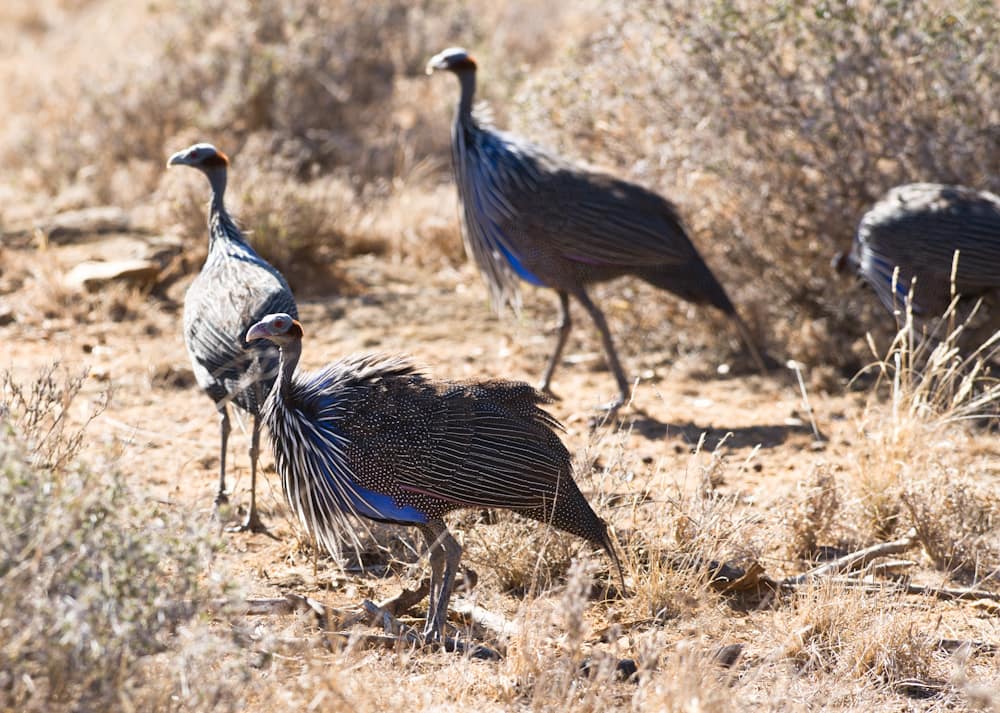We are just back from a week in Laikipia, about 300kms north of Nairobi, which is a five hour drive via Nanyuki. Laikipia is an area renowned for Ol Pejeta and Rhino conservation but the surrounding areas have become an ‘off the beaten track’ picturesque safari destination for African Wild Dog and northern Kenyan species like Reticulated Giraffe and Grevy’s Zebra.
It is not a big five or race-around-and-see-everything type of experience but there is a lot to see.
This was a different type of safari for us as we were specifically looking for a rare melanistic (black) leopard ‘blackie’ which has been spotted in the area mainly by camera traps and some fleeting sightings by locals and guests. The Kenyan leopard researchers confirm there are a few blackies in the area which is an exciting prospect for Wildlife photographers and big cat lovers.
After 6 nights and 420kms of game driving I can say – you will need a lot of patience or you could get very lucky. Looking for a black needle in a haystack comes to mind.
The Laikipia Area is made up of many private properties that do both Safari and/or run cattle so it’s wild but not a complete wilderness. I like how Africa Geographic describes the area: “The plateau is a mosaic of wildlife conservancies, ranchlands, rangelands and commercial farms that bridge the gap between East Africa’s savannas to the south and the arid lands of the Horn of Africa to the north. Here, endangered species often roam alongside Boran cattle and camels across a conservation landscape unlike any other in Africa.”
Sadly, power line towers, bringing power from Ethiopia, run through the valley sneaking into our landscape photos.
Expect to see cows, goats, herders, houses on your game drives. The British Army are also allowed to train and have a small camp in the vicinity. Sadly, the rental revenues to ranchers outweigh the impact to the environment which has included fire and loss of wildlife. There are also some geo politics about access to neighboring properties for game drives. If each private property starts to charge for a drive-through, it could become expensive.
The greatest advantage of staying in these private ranches or concessions is that you can go off-road and do night drives as they do not have to follow all the Kenyan Wildlife Service rules. Being able to do night drive is a whole other experience and extremely helpful when looking for the elusive leopard and to see other nocturnal animals.
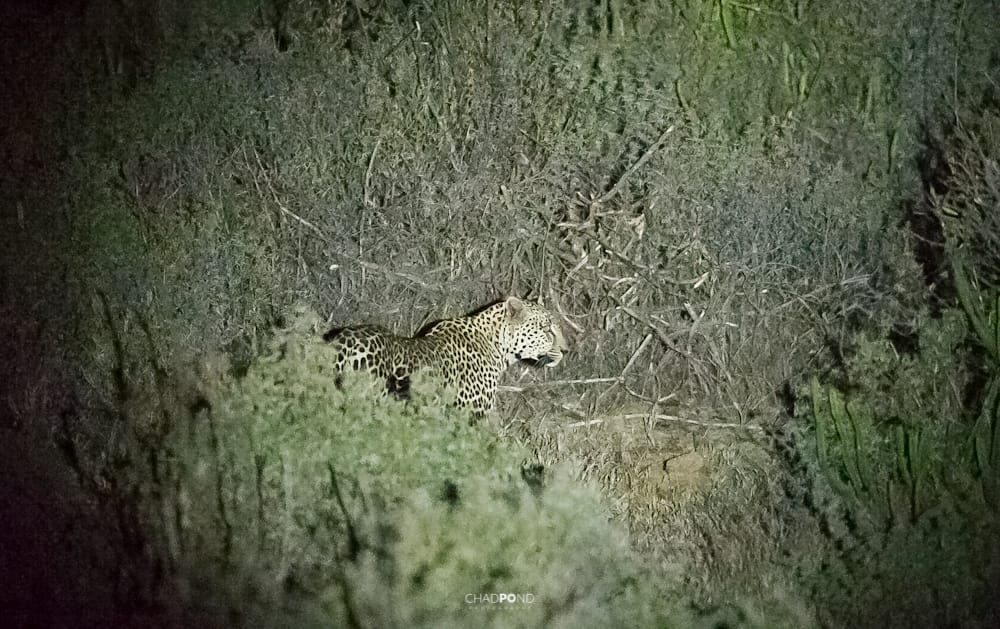
We arrived to an unusual situation in camp. An old male reticulated giraffe had fallen in a hole while cruising through the camp. The animal was stressed and despite hours of efforts to save it’s life, it died within the day.
This was extremely sad as this species is endangered. It had never happened in the camp’s history.
So what does a private ranch do with a dead giraffe? Cut it up and strategically place it where Carnivores/predators might be attracted to a free feed! Thus creating photo opportunities…
Multiple packs of spotted hyena gorged themselves on the main carcass and finished it in three nights. A leg up a tree was barely visible but we did manage to catch a normal golden leopard going to it at dusk.
We spent many long mornings and afternoon game drives searching, scanning and climbing to lookouts in all the areas that a blackie has been sighted. We even did a few late night drives with spot lights to scan along the river which resulted in at least 2 different normal leopards sightings.
The local guide’s stories of blackie sightings by people with only mobile phones or at night only fueled our fire to continue our quest.
Even though we were not successful in seeing a black leopard we felt that at least one saw us!
A local guide who knows these areas is a must. We now feel we know the areas too. We did see a lot of elephant, zebra, including the endangered imperial or Grévy’s zebra, hippo, more reticulated giraffe and a fantastic array of birds of prey and other birds.
Late one afternoon we also caught a glimpse of a stripped Hyena. It is solitary and nocturnal so a very exciting sighting during the day.
On a night drive we saw an even more rare sight for the area; a large crocodile in the River. This might sound odd but the river is usually too cold for crocodiles. I nicknamed it Croc Star as all the guides wanted to see it too. Could this be a symptom of global warming?
We heard Lion almost every night but didn’t see them. Sadly, we didn’t see the wild dogs either!
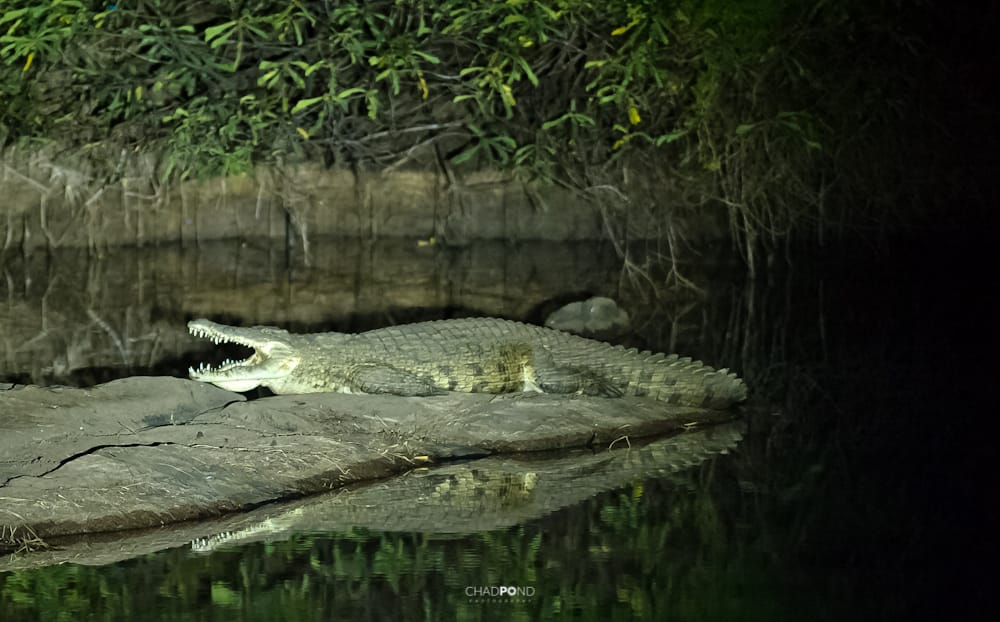
It wouldn’t be a safari in this area without seeing at least 100 Kirk’s Dik-Diks per game drive. It is a small skittish antelope that hangs out in pairs or threes. Another unique species in the area is the Vulturine guinea fowl with its beautiful electric blue feathers and animated flock behaviour.
Laikipia has a scenic landscape and we enjoyed some beautiful sunsets and views over Mount Kenya and MuKenya (where the wild dogs were reported to be denning).
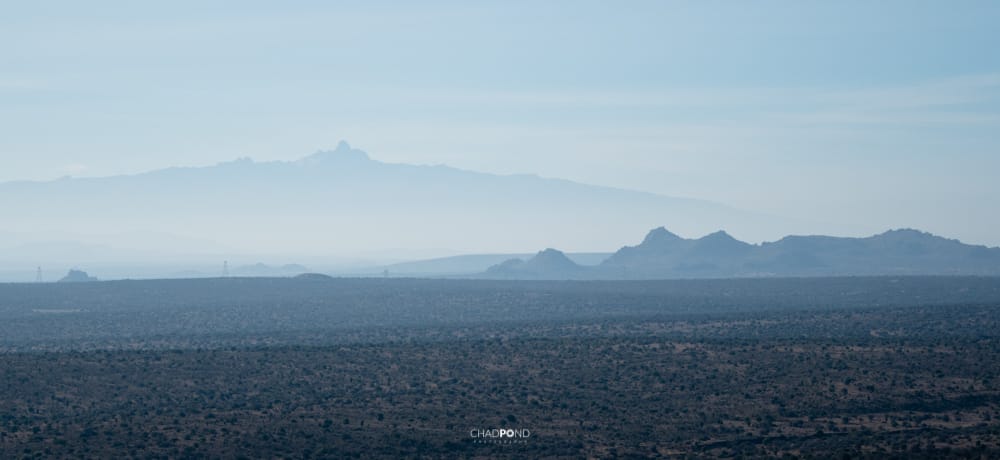
We also decided to take a day out and visit nearby Koija to visit the Chui Mamas Project and meet its co-founders Ambrose Letoluai and Modester Ellie. Ambrose is a leopard researcher who is also promoting conservation education as well as women’s empowerment in the area.Modesta explained that Chui Mamas is working with local unsupported women to generate different income streams, improve sanitation and women’s health.
They are both impressive role models and ambassadors!
It was interesting to learn about the project and what their aspirations are.For more information on Chui mamas and how you can support their efforts, you can find them on Facebook. ‘Chui’ means leopard in Swahili.
Of course we want the perfect wildlife photo in the perfect light but you can’t always get both! Being on safari is an unpredictable experience, especially in areas where there are few vehicles. In the popular parks like the Masai Mara your guide knows what is around before the drive and gets constant updates on sightings. Lucky for us just being in nature and seeing/capturing what the game drive offers never disappoints.
So, would I go back to Laikipia? The answer is yes, but only for a chance to see and/capture a blackie.
We did this trip with Teeku Patel of Sokomoto Photographic Safaris [https://www.teekupatel.com/], a specialist small group, photographic safari operator, who we highly recommend.
Our shared love of nature, Nikon photography and desire to see a black leopard made for a super week on safari!



